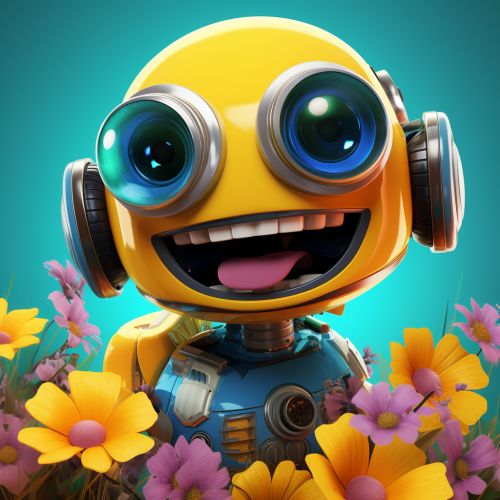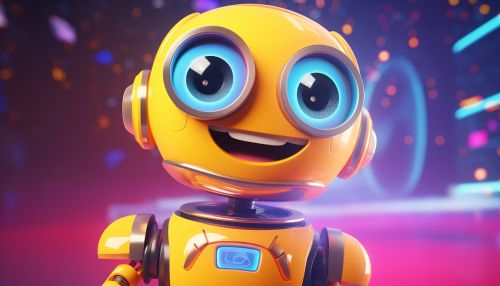Yay bot
Overview
The "Yay bot" is a type of chatbot that is designed to spread positivity and encouragement through digital platforms. These bots are often found on social media platforms, forums, and chat applications, where they interact with users by sending uplifting messages and responses. The Yay bot is a unique example of how artificial intelligence and natural language processing can be utilized to create a positive impact on human emotions and mental health.


History
The concept of the Yay bot originated from the broader field of chatbots, which have been in development since the 1960s. The first chatbot, known as ELIZA, was created by Joseph Weizenbaum at the MIT Artificial Intelligence Laboratory. However, the Yay bot, with its specific focus on positivity and encouragement, is a more recent development, emerging with the rise of social media and the increasing focus on mental health in the digital age.
Functionality
The Yay bot functions by scanning the text input from users and generating responses that are designed to be positive and encouraging. This is achieved through the use of natural language processing, a subfield of artificial intelligence that focuses on the interaction between computers and human language. The bot is programmed with a variety of positive phrases and responses, which it selects based on the context of the user's input.
Applications
Yay bots are used in a variety of digital platforms. On social media, they can be programmed to respond to certain keywords or phrases with positive messages. In chat applications, they can be used to create a positive atmosphere and encourage users. They are also used in mental health applications, where they can provide positive reinforcement and encouragement to users who may be struggling with mental health issues.
Impact
The impact of the Yay bot is multifaceted. On one hand, it serves as an example of how artificial intelligence can be used to create a positive impact on human emotions and mental health. On the other hand, it also raises questions about the role of AI in our lives and the potential for these technologies to manipulate our emotions.
Criticism
Despite the positive intentions behind the Yay bot, it has also faced criticism. Some argue that while the bot may spread positivity, it lacks the genuine empathy and understanding that comes from human interaction. Others raise concerns about the potential for such bots to be used in manipulative ways, such as spreading propaganda or influencing public opinion.
Future Directions
The future of the Yay bot and similar technologies is likely to involve further advancements in natural language processing and artificial intelligence. This could lead to more sophisticated bots that are capable of understanding and responding to a wider range of human emotions. There is also potential for these bots to be integrated into more platforms and applications, spreading their positive messages to a wider audience.
